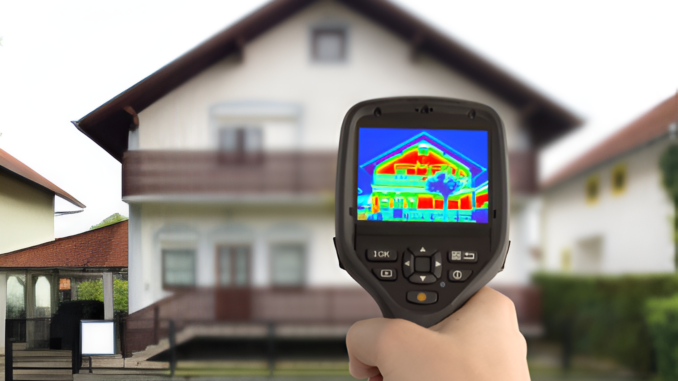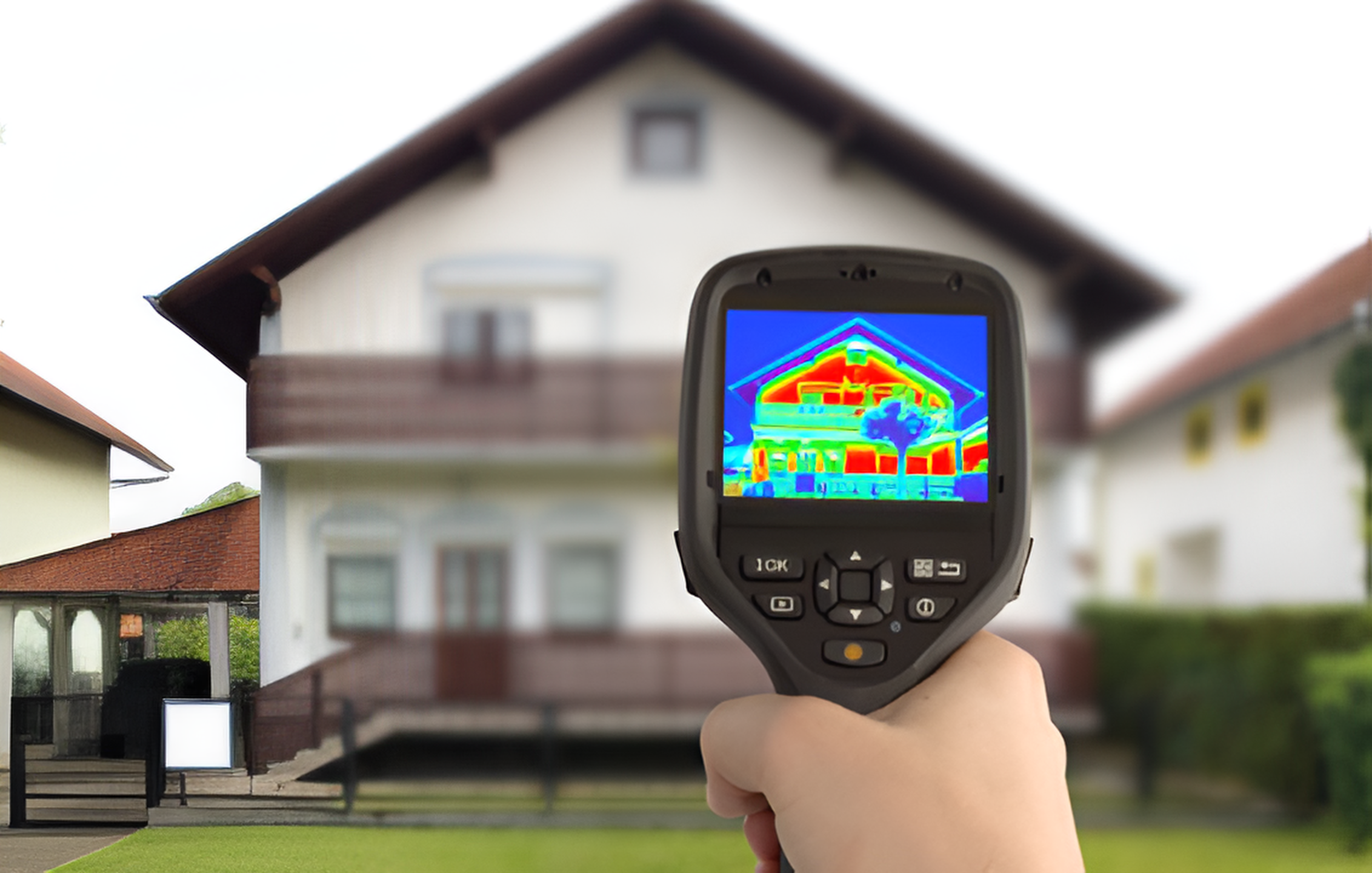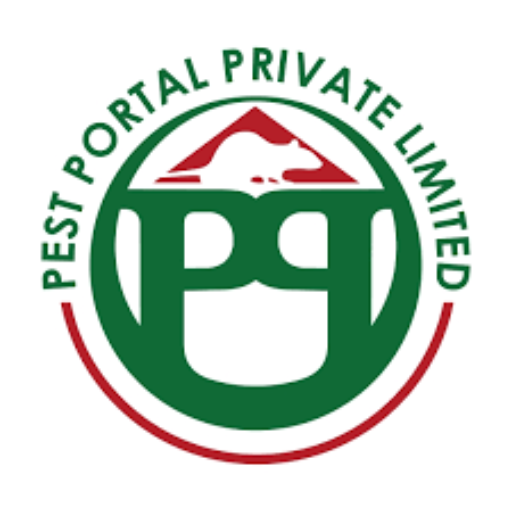
Beyond the Spray Bottle: Exploring the Latest in Pest Control Technologies and Techniques
The age-old battle between humans and pests continues, but the tools in our arsenal are constantly evolving. From ancient traps to modern bio-control strategies, we’re witnessing a revolution in pest management. This shift is driven by concerns about environmental impact, human health, and the ever-increasing threat of resistant pests. This blog delves into the latest advancements in pest control technologies and techniques, showcasing innovative solutions that are shaping the future of pest management.
1. Smart Monitoring and Early Detection:
The first line of defense against pest infestations lies in early detection. Modern technology empowers us with advanced monitoring systems:
Smart Traps: These next-generation traps are equipped with sensors that detect and monitor pest activity. Some even integrate with smartphone apps, sending alerts when infestations are detected. This allows for early intervention and prevents the spread of pests.
Infrared Cameras: These cameras can detect pests even in the dark, providing a visual confirmation of their presence. This helps determine the type of pest and the extent of the infestation, guiding treatment decisions.
Acoustic Monitoring: Some pests produce unique sounds. Acoustic monitoring devices can analyze these sounds to identify the presence of specific pest species and track their activity patterns.
2. Targeted Solutions: Focusing on Precision and Specificity:
The days of blanket pesticide applications are fading. The focus is shifting towards targeted solutions that minimize harm to the environment and non-target organisms:
Pheromone Traps: These traps exploit the natural communication systems of insects. They release pheromones, specific scents that attract target pests, luring them into traps and preventing mating and reproduction.
Bait Stations: These stations deliver controlled doses of bait to specific pest species, reducing the risk of accidental exposure to non-target animals or humans.
Microbial Pesticides: These biopesticides use naturally occurring microorganisms to control pests. They are highly specific and target only the intended pest species, minimizing environmental impact.
RNA Interference: This technology utilizes small RNA molecules that target specific genes in pests, effectively silencing them and disrupting their life cycle.
3. Harnessing Nature: Bio-Control Strategies:
Bio-control leverages natural predators and parasites to control pest populations. This approach offers sustainable and environmentally friendly solutions:
Beneficial Insects: Introducing beneficial insects, like ladybugs and lacewings, to your garden or farm can help control pest populations. These natural predators feed on pests, keeping them in check.
Parasitoids: These are insects that lay their eggs inside or on other insects, ultimately killing them. Parasitoid wasps, for example, can be used to control various pest species.
Biological Control Agents: These are microorganisms, such as bacteria and fungi, that infect and kill specific pest species. These agents can be used in agricultural settings to control plant diseases.
4. Innovative Technologies: Revolutionizing Pest Control:
Emerging technologies are pushing the boundaries of pest management:
Robotics: Autonomous robots are being developed for pest control tasks. These robots can perform tasks like monitoring, trapping, and even applying pesticides in a highly targeted manner.
Laser Technology: Lasers can be used to target and eliminate pests without the use of chemicals. This technology is still under development but holds immense potential for precision pest control.
Artificial Intelligence: AI algorithms are being used to analyze data from various sources, including pest monitoring devices and weather patterns, to predict and prevent pest outbreaks.
Challenges and Considerations:
While these advancements offer hope for a more sustainable and effective pest management future, challenges remain:
Cost: Some of these technologies can be expensive to implement, particularly for smaller businesses and homeowners.
Resistance: Pests can evolve and develop resistance to new control methods, necessitating ongoing research and development.
Public Perception: Concerns about the potential risks of using new technologies and biological control agents need to be addressed.
Conclusion:
The future of pest control lies in a multifaceted approach that combines innovative technologies, targeted solutions, and nature-based strategies. By embracing these advancements, we can move towards a more sustainable and effective way of managing pest populations, protecting our environment, and ensuring human health. The continuous development and application of these technologies will be crucial in winning the battle against pests, ensuring a healthier and safer future for all.


